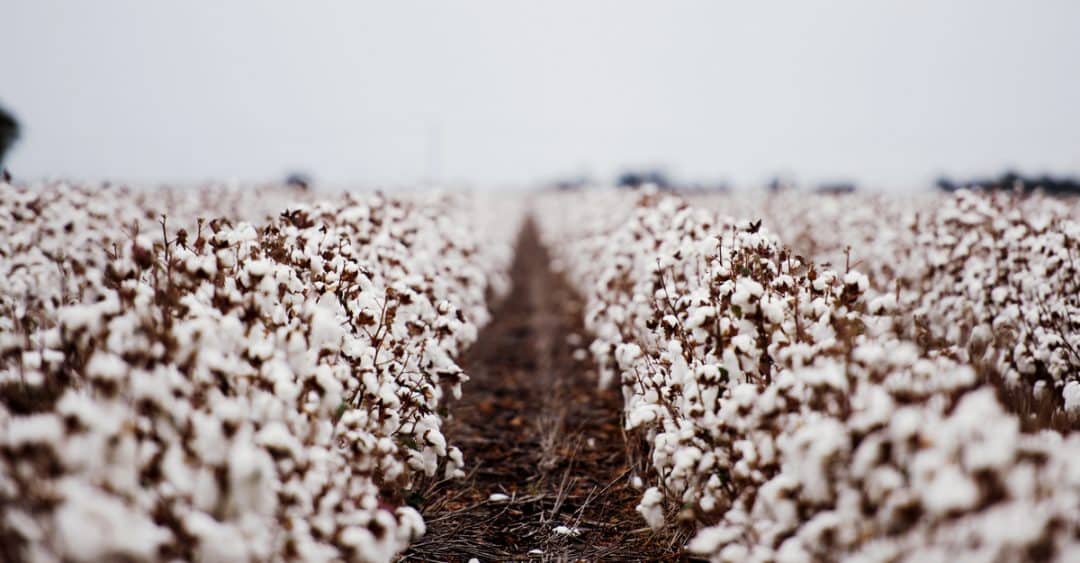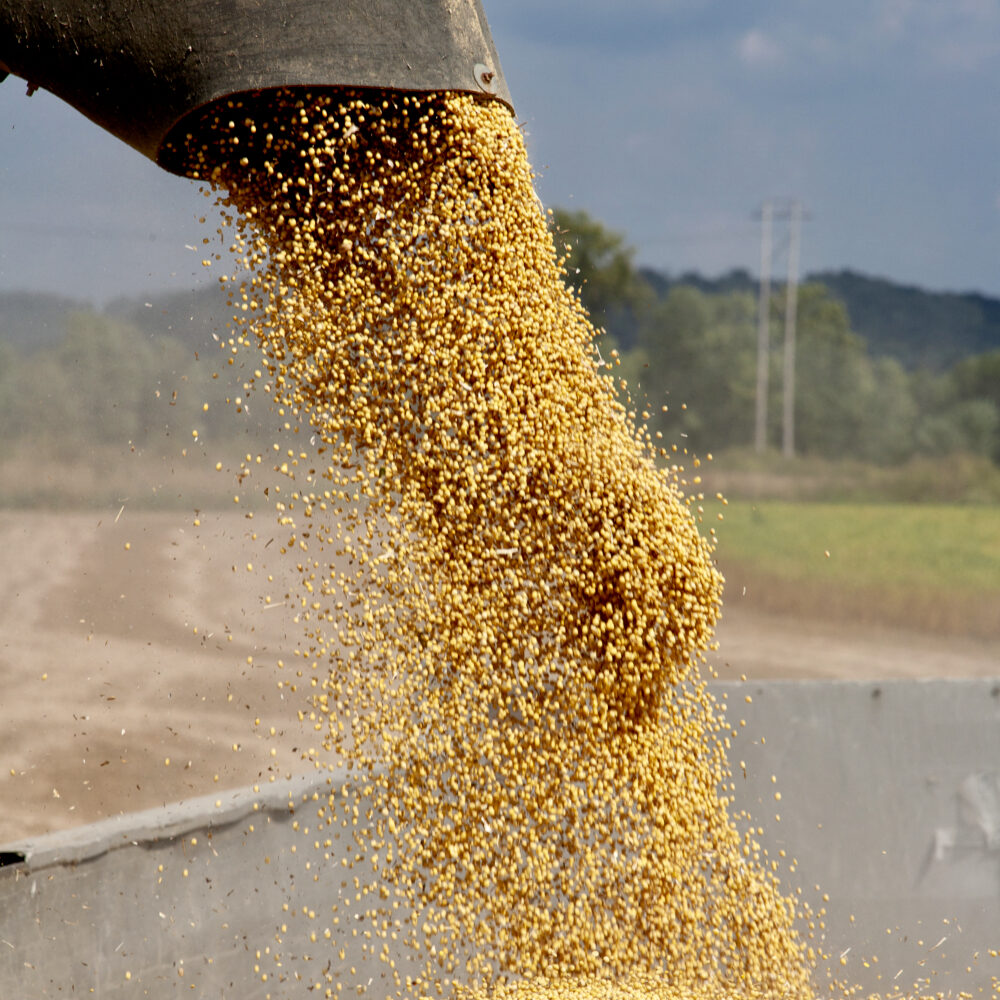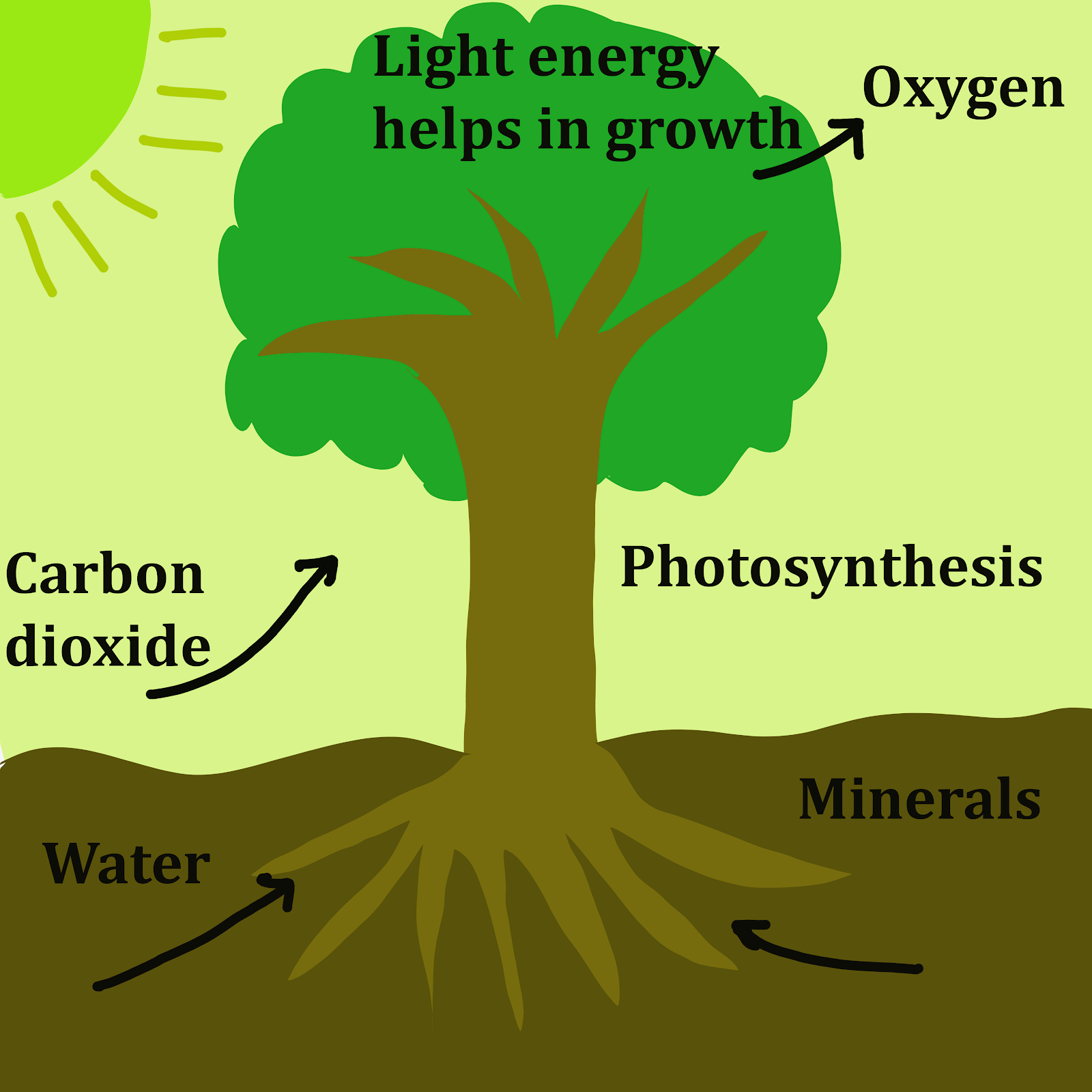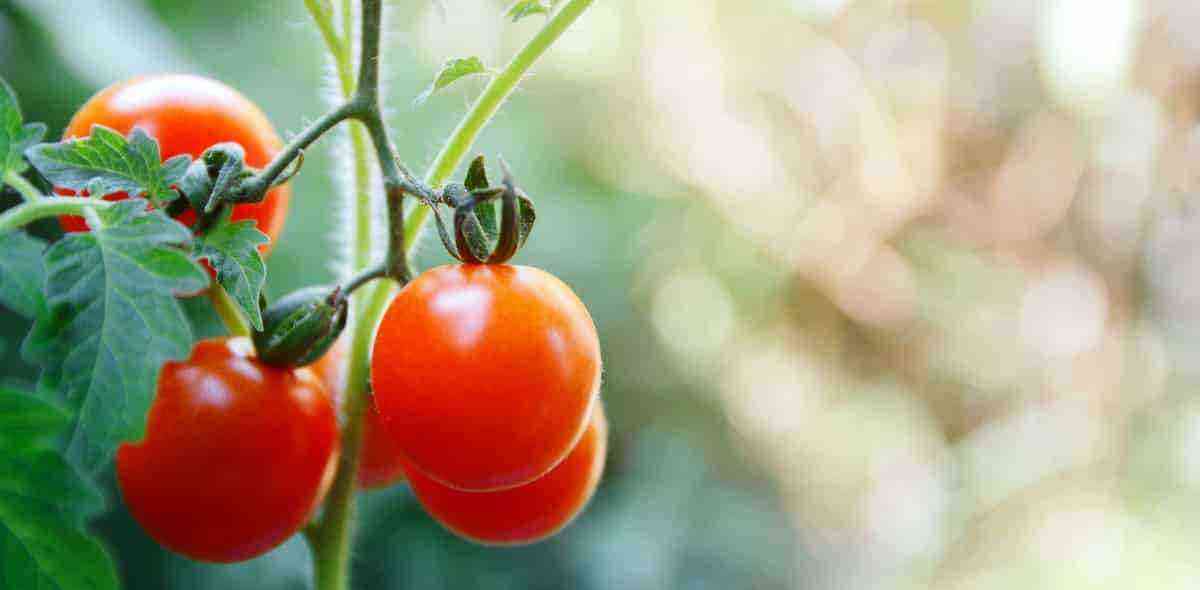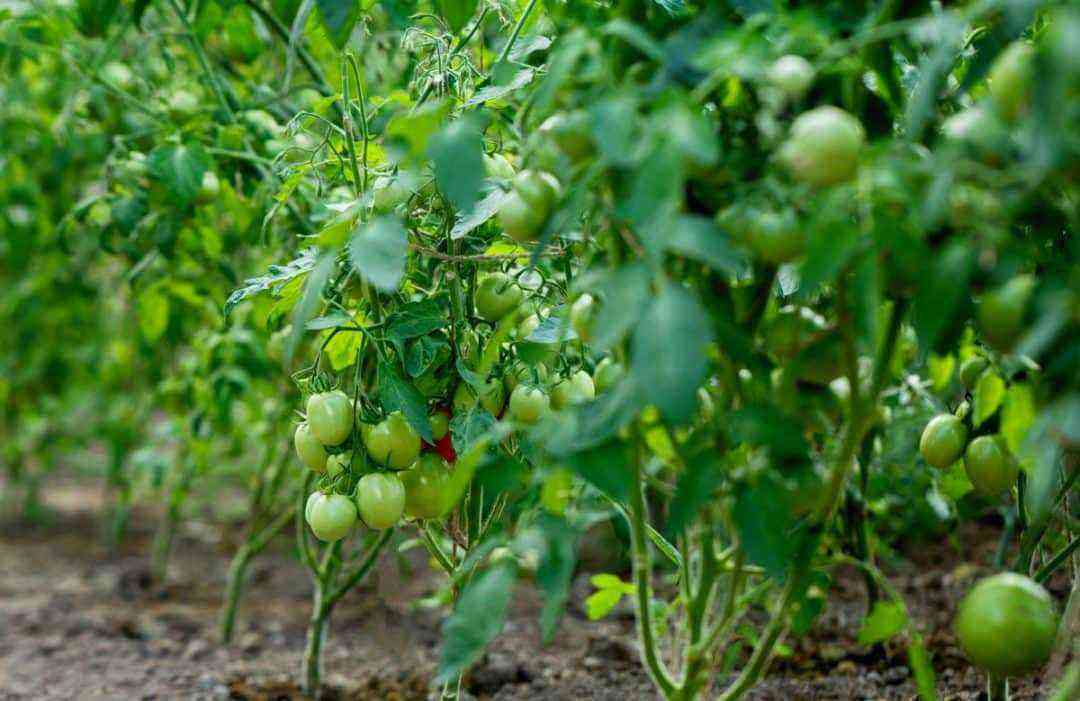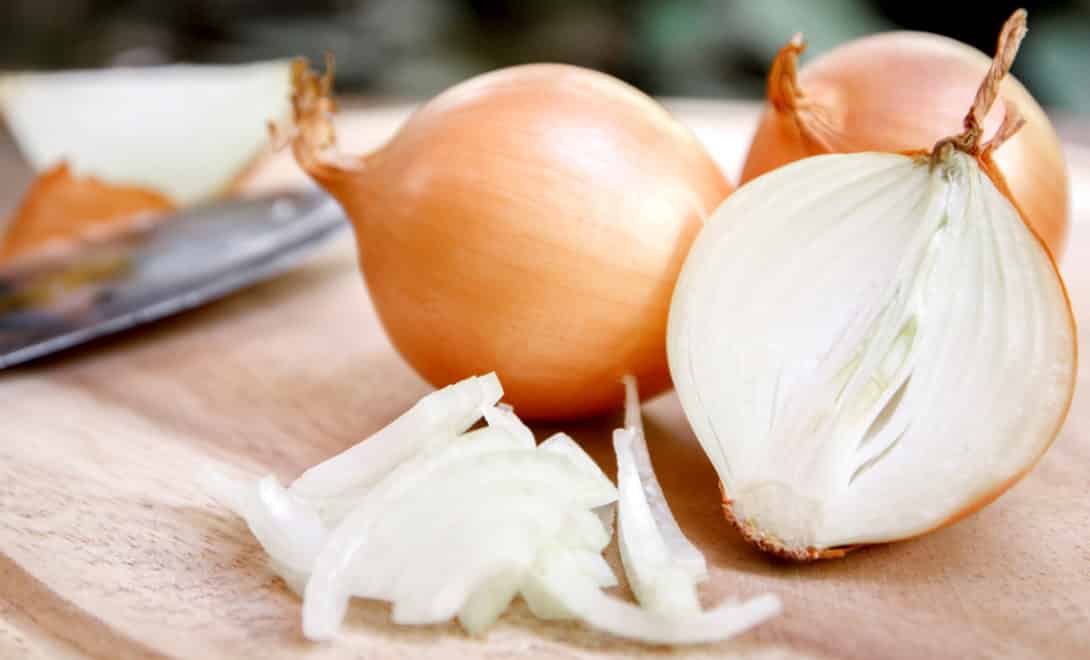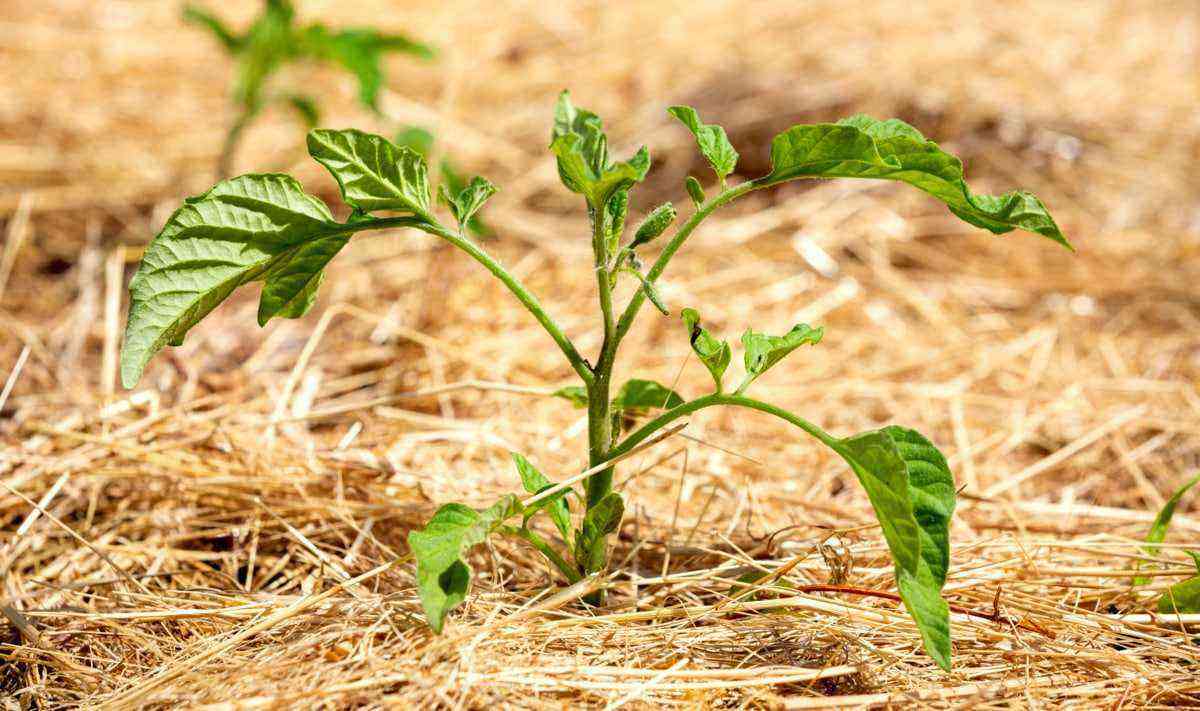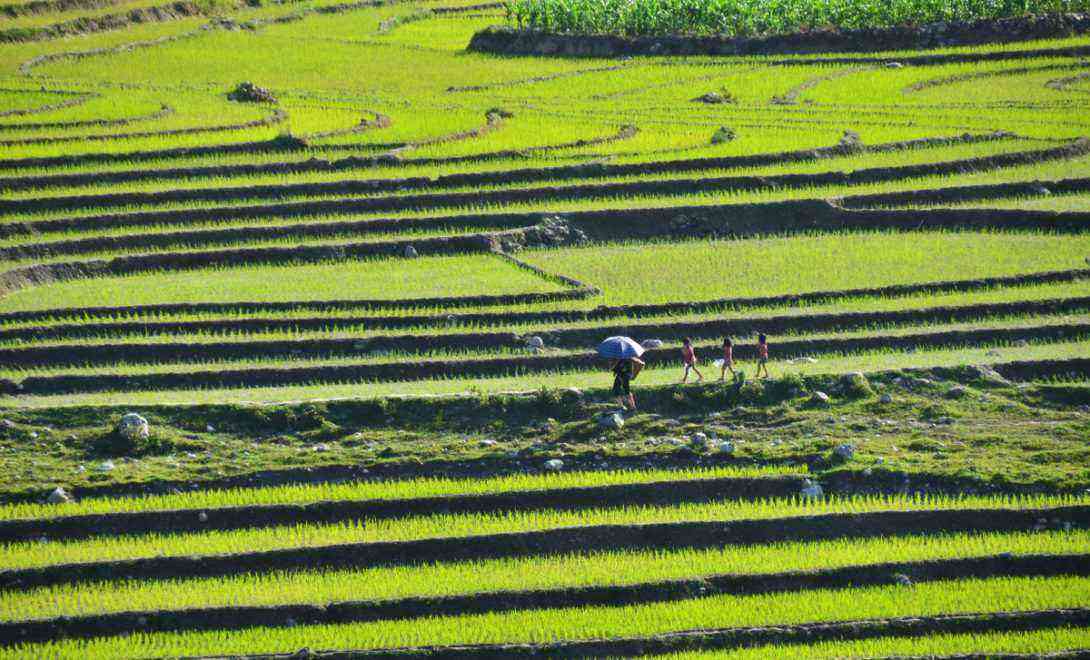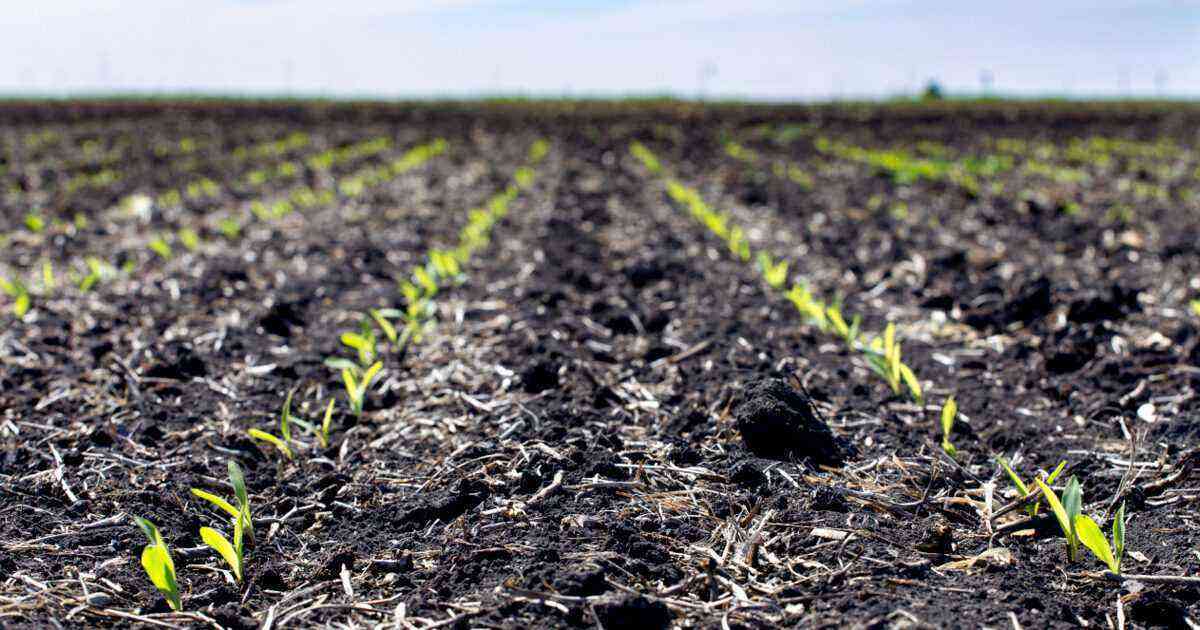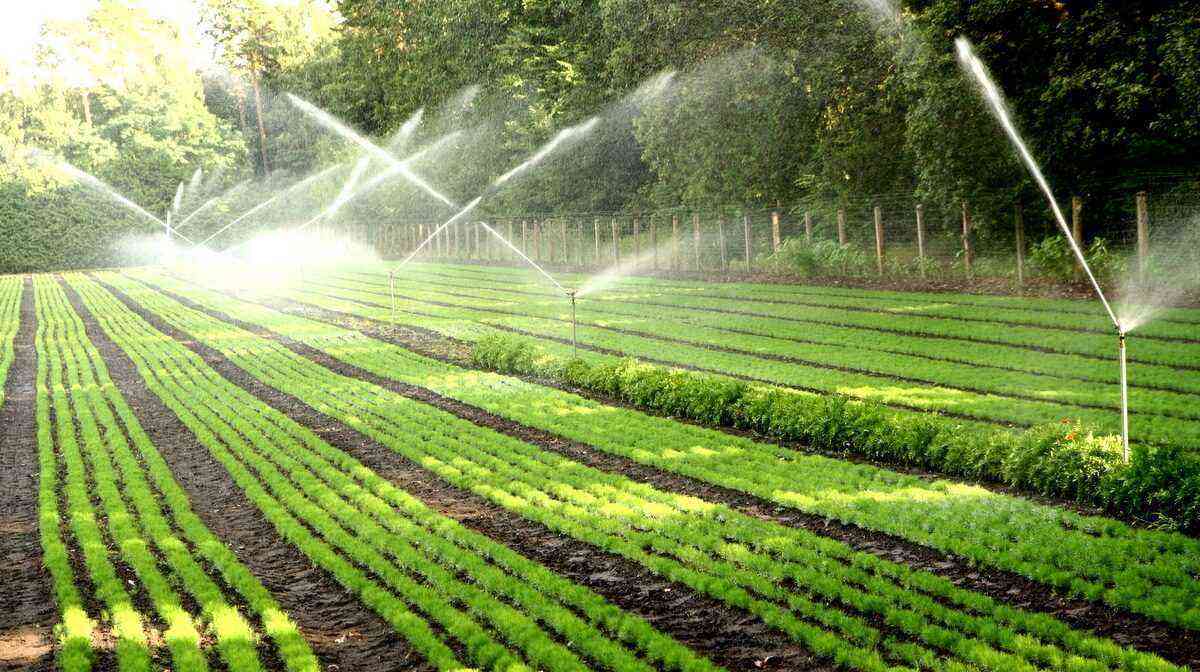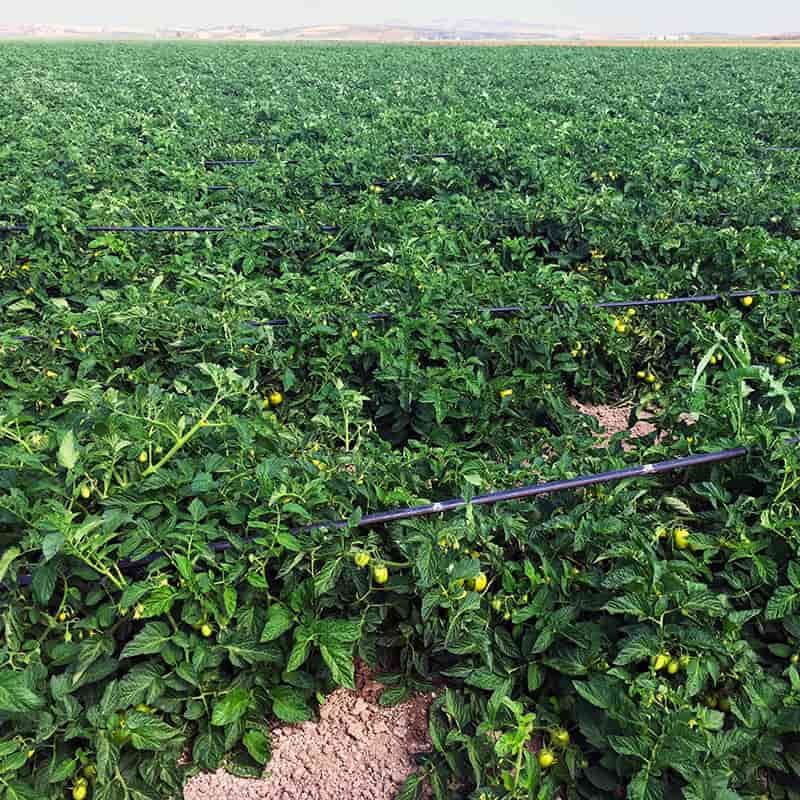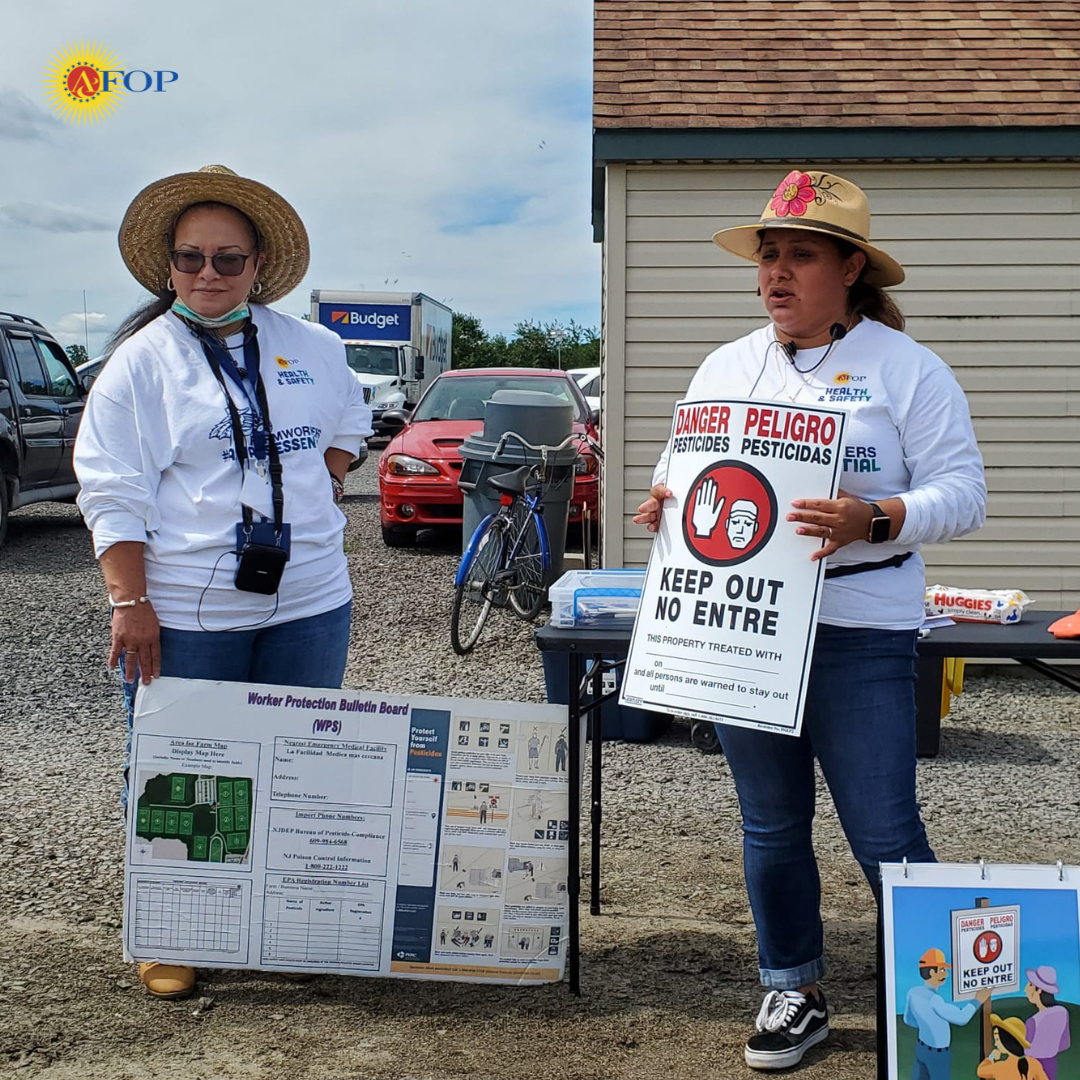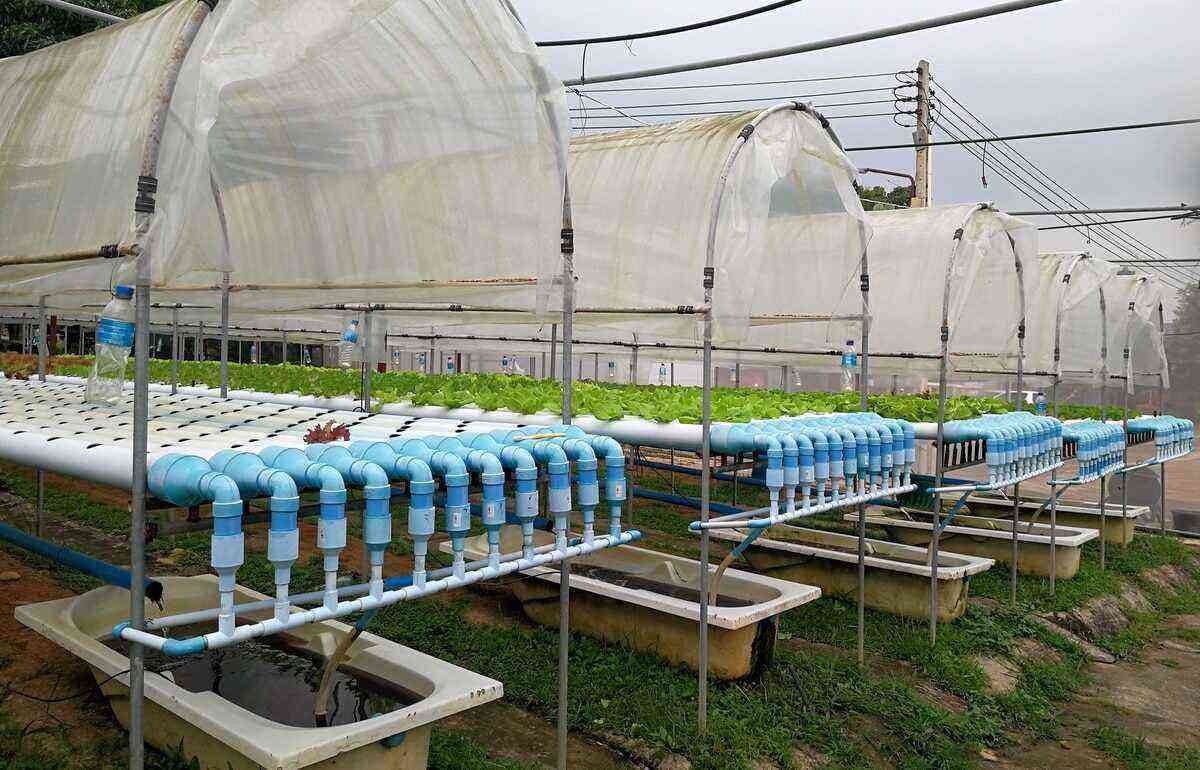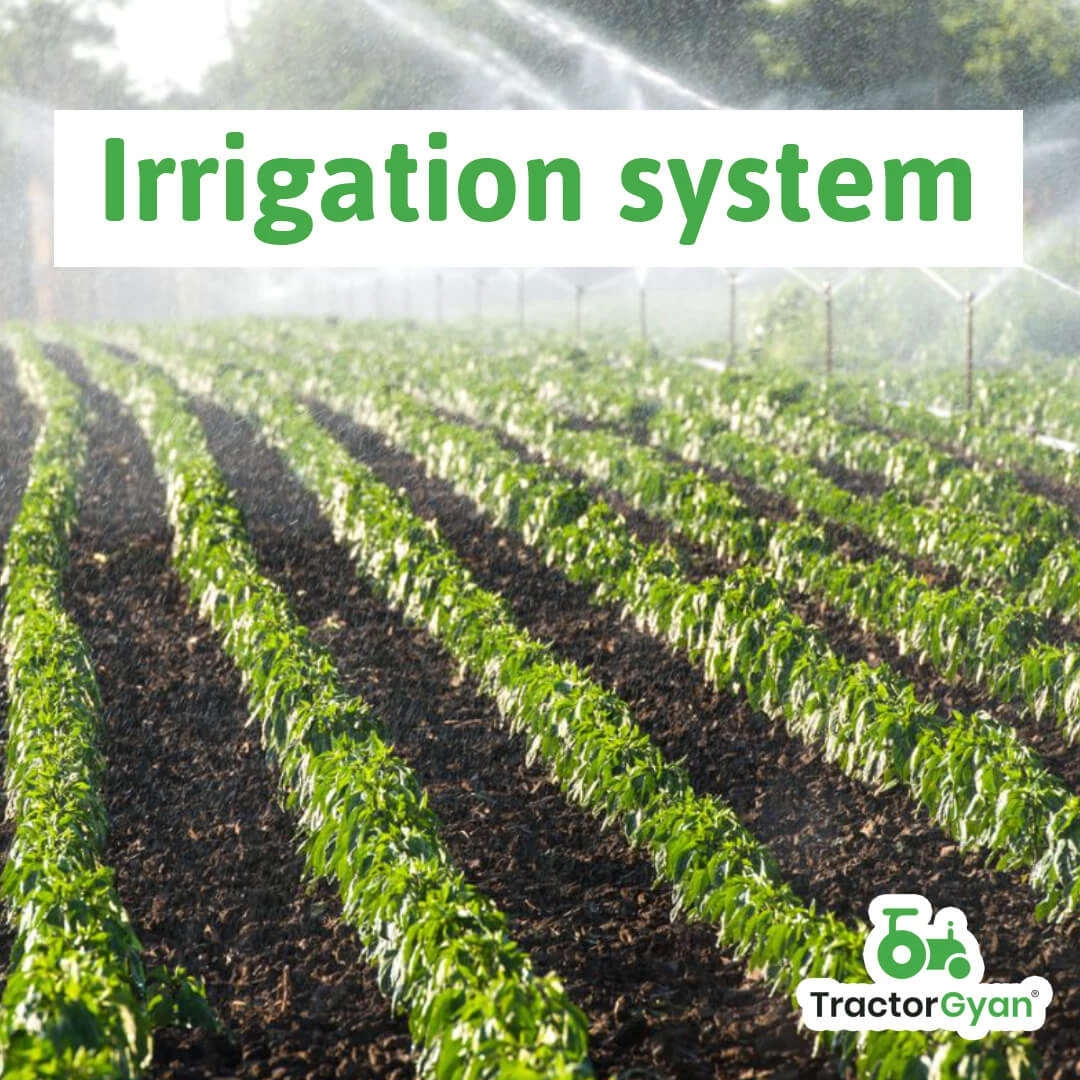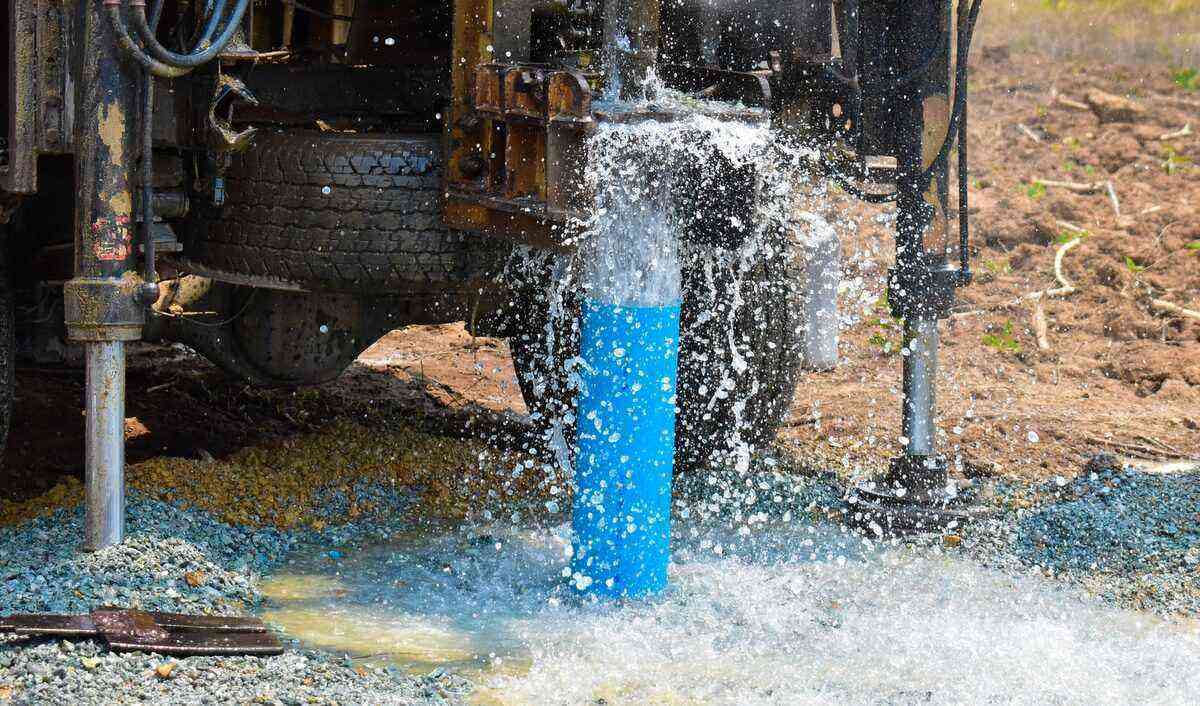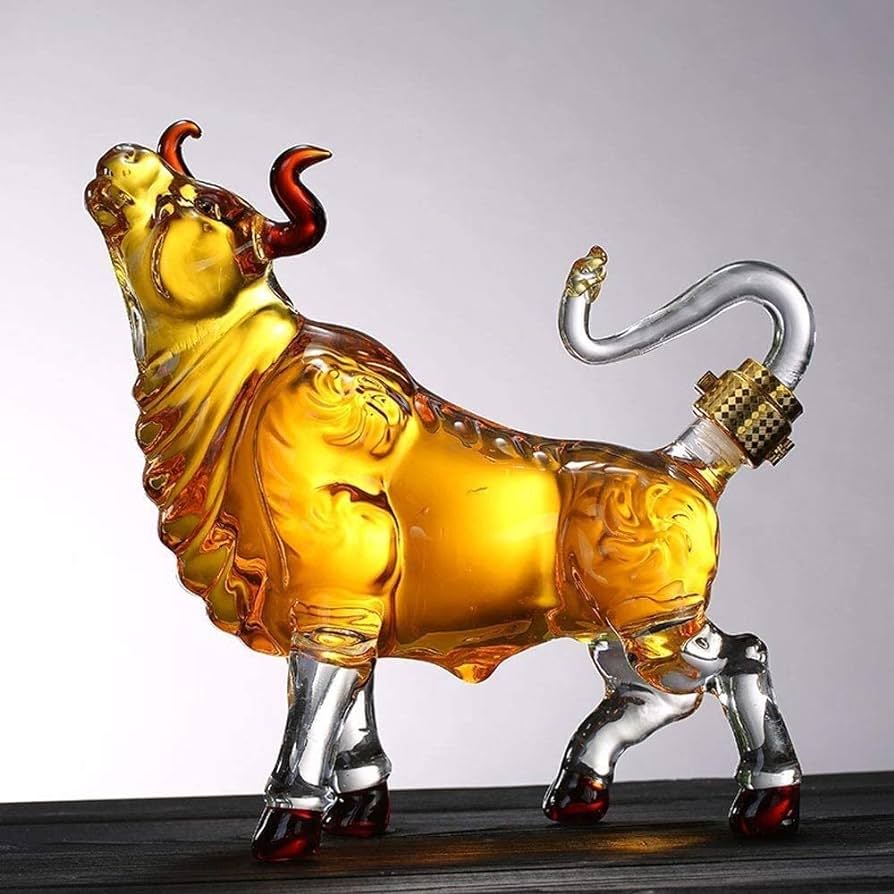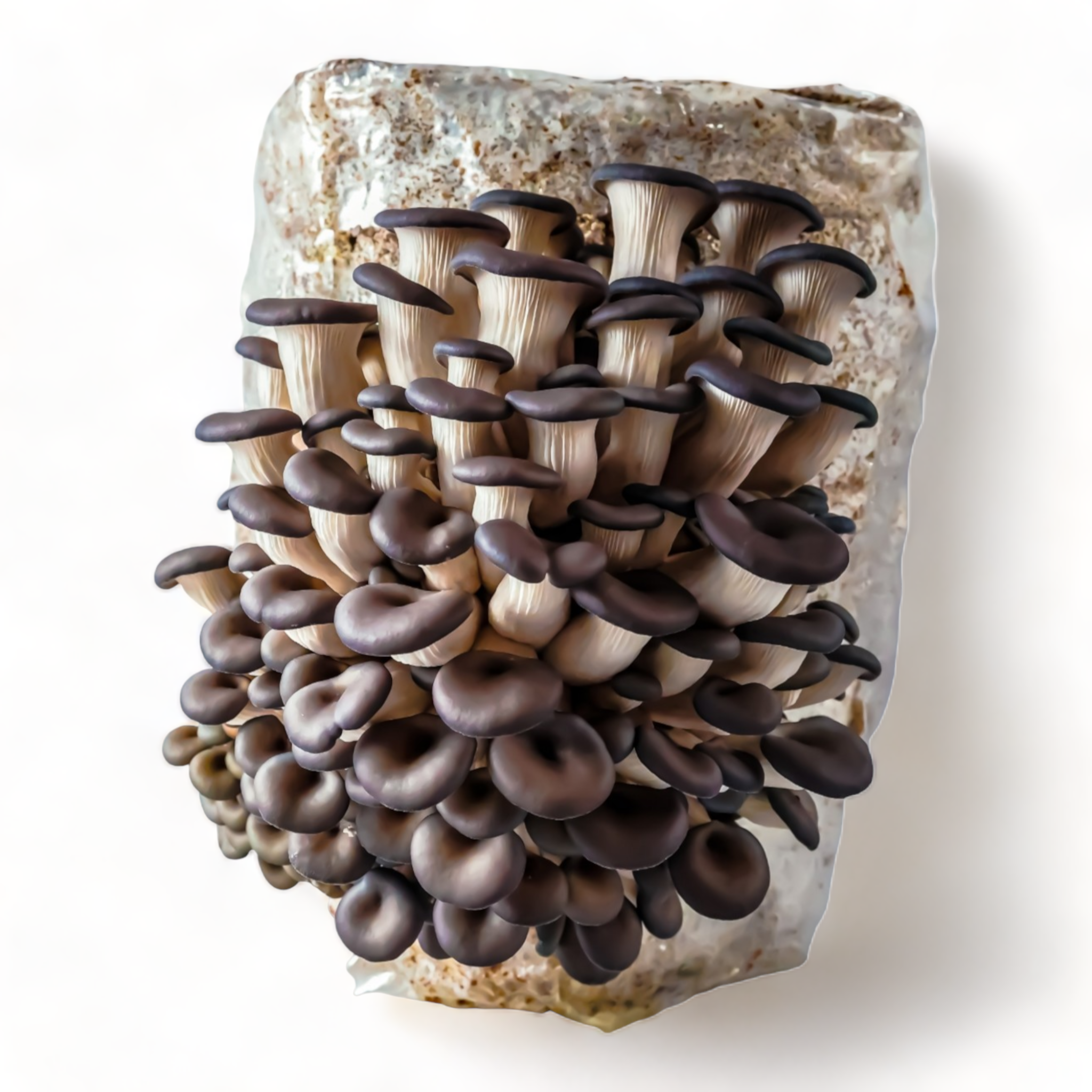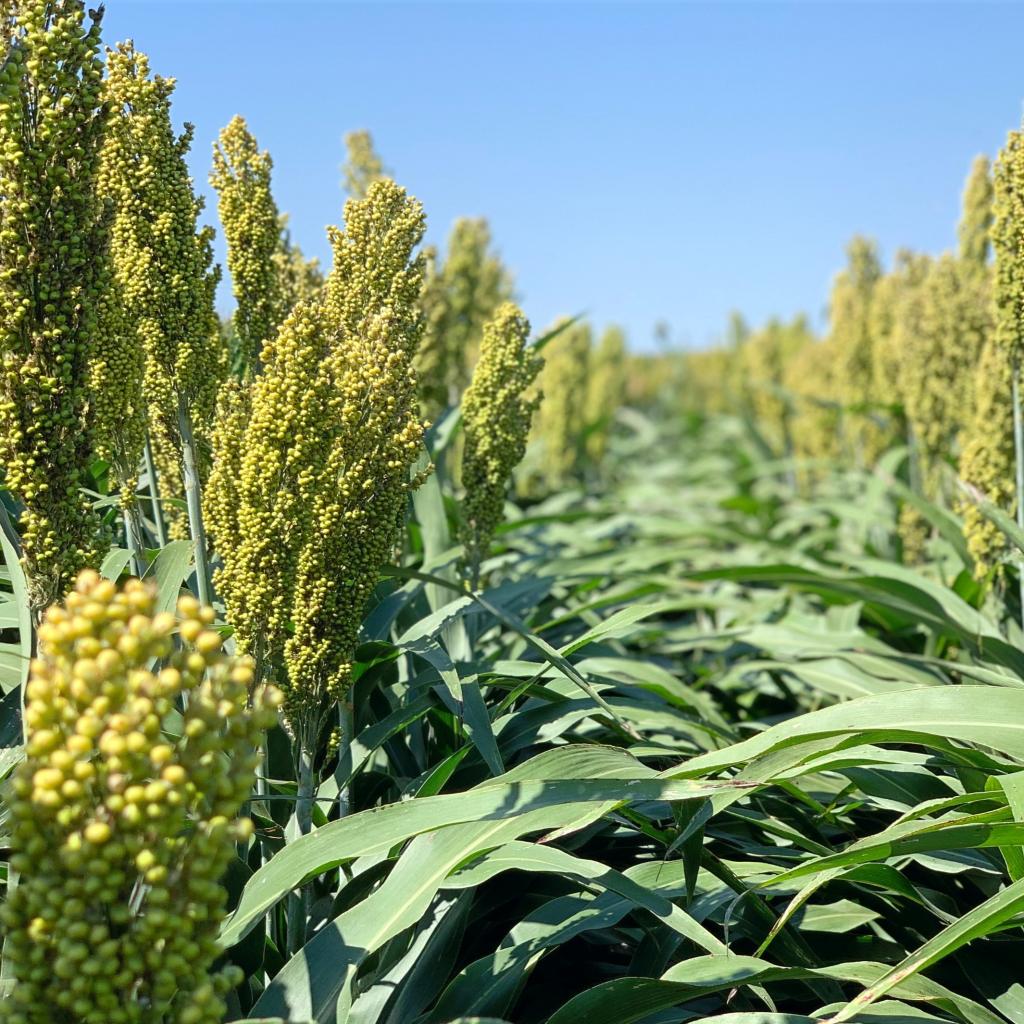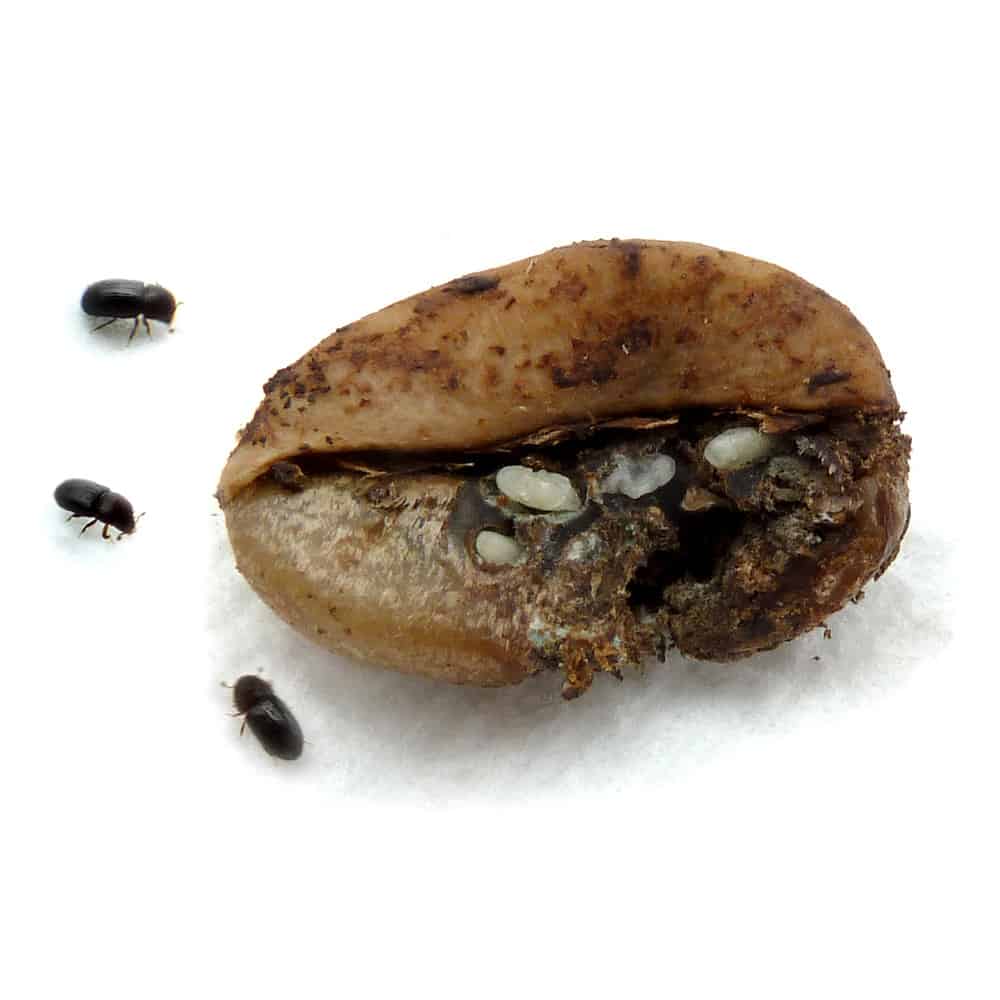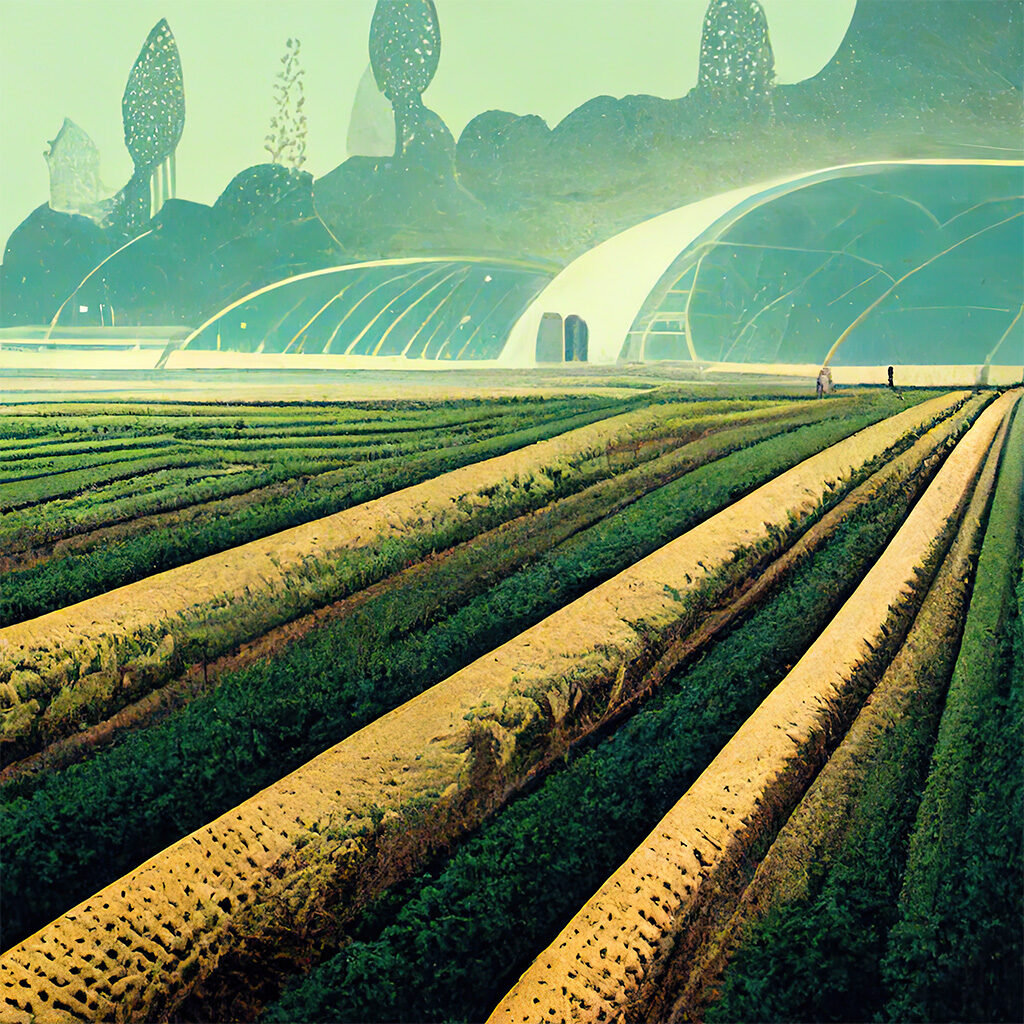Climatic conditions are one of the main factors that interfere in cotton cultivation, as with all types of plantation. For this reason, it is important to be very attentive and understand the impact of climate within this process.
Brazil is one of the five largest cotton producers in the world, alongside China, India, the United States and Pakistan. called “White gold“, in 2019, the production and export of the product in the country generated revenue of US$ 2,6 billion, surpassing the previous year by almost US$ 1 billion.
The main producer in the country is Mato Grosso, harvesting 1.882.738 tons in the 2018/2019 harvest, which represented about 30% of national production. This agricultural activity is growing in the country due to high demand, especially in the textile sector, in national and international markets.
Due to its economic importance for the country, cotton growers invest in technology to produce a fiber with superior quality. But, climate actions are still predominant because cotton is a very sensitive crop.
Check out the factors that influence the harvest:
- Temperatures
- Amount of rainfall (amount, distribution and intensity)
- Relative humidity
- solar action
Learn more details about how weather conditions affect this type of plantation.
See also: Direct planting: discover the advantages of this practice
excessive rain
During the harvest period, the excessive amount of rain, for more than a week, affects the opening of the fruits, in addition to reducing the quality of the cotton fiber. This second factor happens because too much rain causes great loss of waxes, which are fundamental in the spinning process.
At harvest, excess rain can affect the quality of the cotton fiber.
The deterioration of waxes also occurs as a result of excessive humidity in the air, leading to loss of strength, brightness and whiteness of the fiber, in addition to its silkiness.
It also happens that excessive rain makes the atmosphere excessively humid, which, during fruiting, can facilitate the emergence of diseases, through the action of fungi, which initiate their colonization and lead to fruit rot within a process. irreversible.
Temperature
Low temperatures also exert a strong influence on cotton cultivation. They hinder plant growth, as they reduce cellular metabolism, while restricting the development of fruiting branches.
In addition to rain, another factor that directly influences cotton is low temperatures.
Therefore, it is recommended that sowing occurs at times when temperatures are between 20°C and 30°C. Cultivation at temperatures below 14°C and above 40°C is not practicable.
The occurrence of thermal inversion can also contribute negatively to cotton cultivation. That is, very hot days and very cold nights are not favorable for planting.
Best climate for growing
As it has a relatively short vegetative cycle, it is possible to take advantage of the period of just one season for the production and development of the plant. For satisfactory results, cotton needs a space of 180 to 200 days without frost, plenty of sun and an average monthly temperature above 20°C. In the vegetative period, there is a need for total rainfall of 500 to 1500 mm.
In this scenario, the season that offers conditions that are closest to the cotton growing needs is summer. At other times of the year, depending on the region, it may be unfeasible to consider cultivation, as the chances of favorable weather conditions are minimal or nil.
Now that you know the most important aspects about the impact of climate on cotton culture, also read about the use of artificial light irrigation and learn how it can increase crop productivity, click on the link.
To obtain other important information about agribusiness and access to the best products for your activity, browse our website and learn about the announced options.

